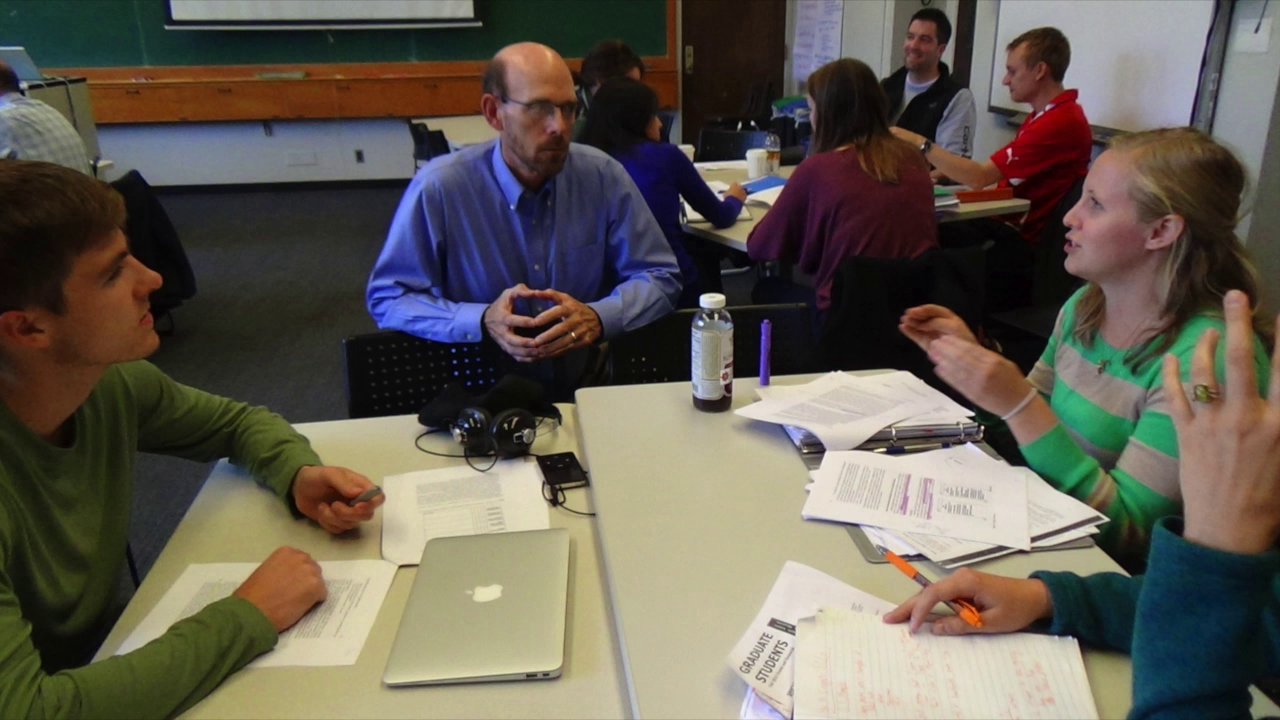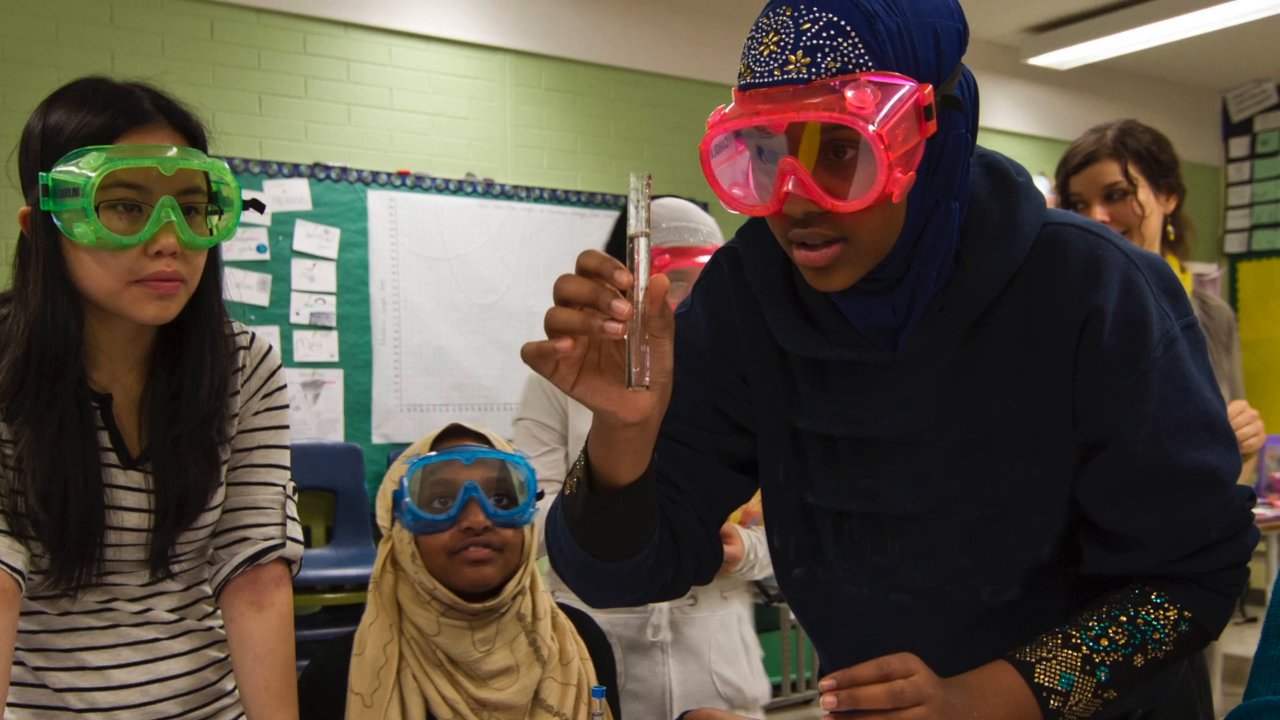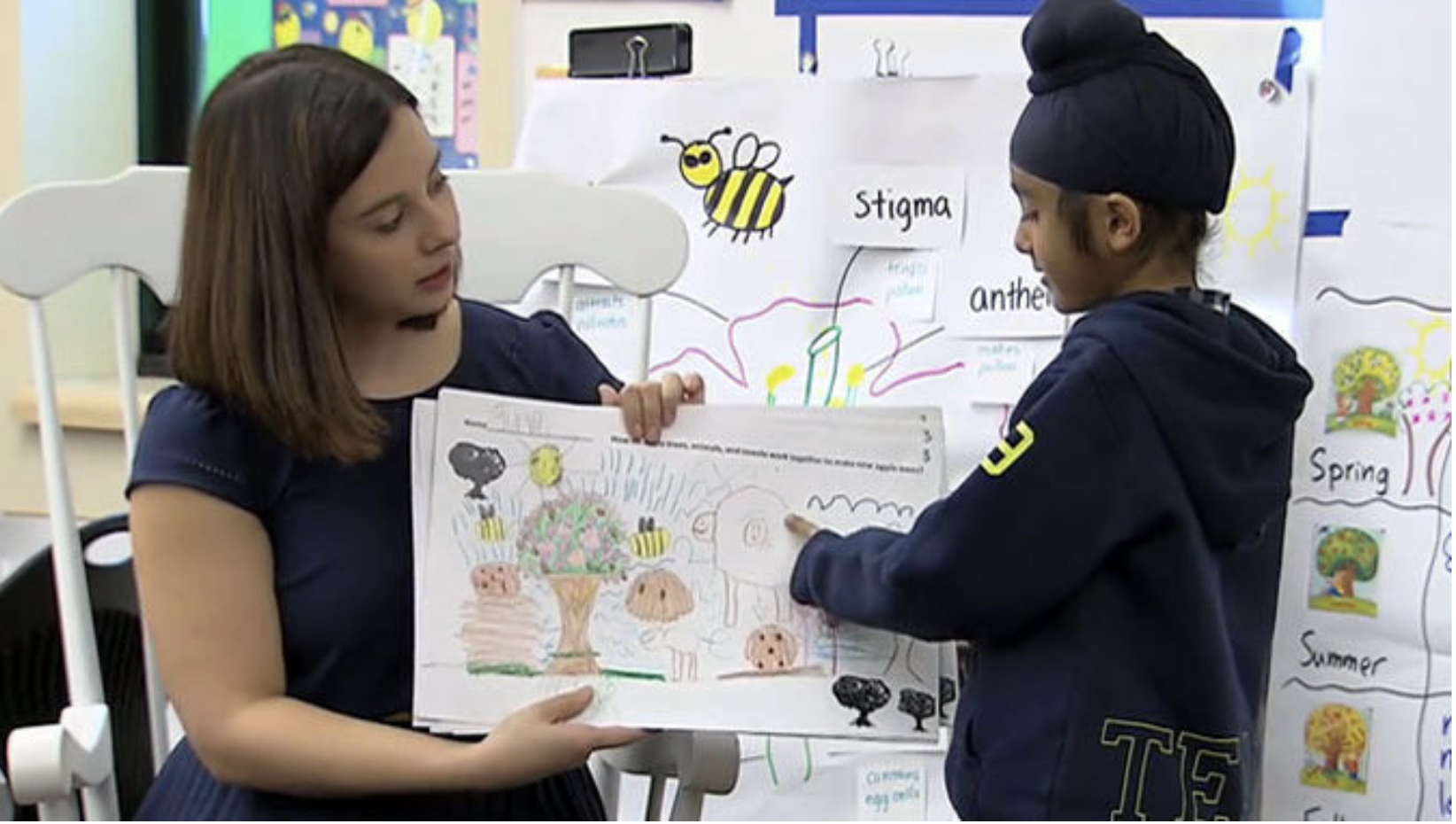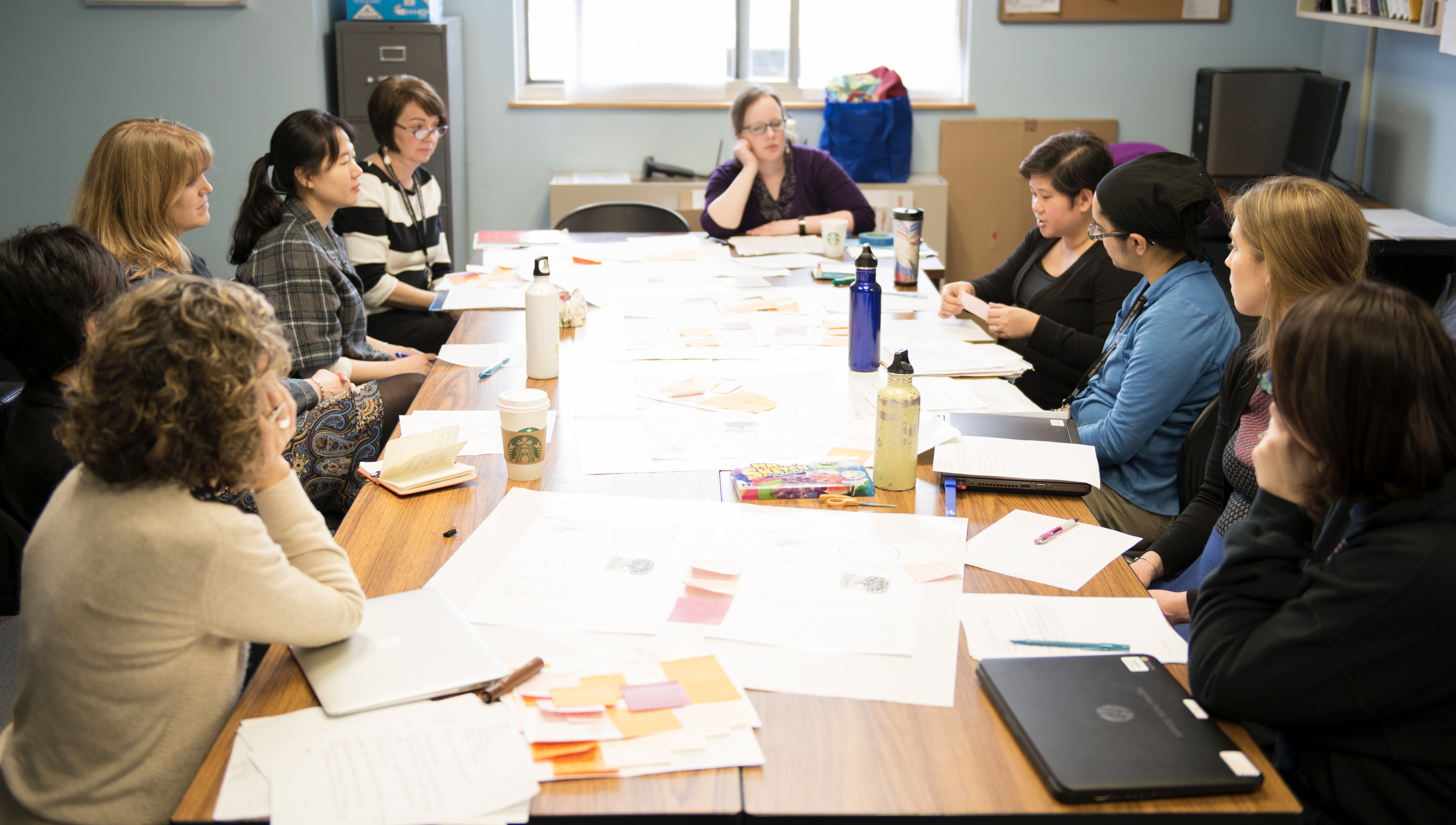Get Started

Ambitious teaching is supported by four sets of core practices that work together throughout every unit of study.
If you are new to AST, we recommend that you start by watching the overview video and learning more about the framework and quadrants below. We also recommend that you read the vision statement and orient yourself to the justice-centered approaches and frameworks.
There is a lot on this website to explore. Resources on this website are tied to the AST framework and are tailored to your role as a teacher, teacher educator, or professional learning provider.
 |
Planningfor engagement with imporant student ideas |

|
Here we show the first of our core sets of practices. These are planning practices for designing a unit of instruction. Studying events or process rather than “things” or abstract ideas intrigues students. This video shows how teachers sort through their curriculum as well as the standards, in order to select which ideas to focus on during a unit. They then select a phenomenon to anchor their units of instruction and develop a rich causal explanation for that event or process. Finally, they use this explanation to sequence a set of learning experiences for students. |
|
If our main teacher objective is to change students’ thinking over time, then we need to know what our students understand about the target science ideas in the first place. This set of practices—eliciting students’ ideas—is used at the beginning of a unit of instruction. This practice is designed to 1) reveal the range of resources that students use to reason about a set of science ideas (working theories, everyday experiences, language), 2) activate their prior knowledge about the topic, and 3) help you to adapt upcoming instruction, based on how students reason about the anchoring event. |
|
Throughout any unit of instruction, students are frequently engaged in different types of activity. For example, students might do hands-on work with materials, use computer simulations, conduct observations of phenomena, design experiments, or collect and analyze different types of data. Research on learning shows that it is the types of sense making talk, orchestrated by the teacher, that prompts productive puzzlement, reasoning, and learning by students.The purpose of this set of practices is to help students develop new ideas to use in revising explanations and models for the anchoring phenomena. |
| This final set of practices will help students construct a final, evidence-based explanatory model for an anchoring event.
The goals of this practice are:
|
Ambitious Teaching—An overview
In this video we illustrate what Ambitious Teaching looks like in classrooms ranging from high school to kindergarten. The practices were developed through collaborations between teachers and researchers, and they are continually evolving as we learn more about how they work with young learners. There are several themes that you’ll see in all examples, such as a focus on puzzling and complex phenomena, opportunities to make sense through talk, making thinking visible, attending to who is participating, using various forms of scaffolding and tools, and much more.
Recent AST-related projects
Learn about recent projects funded by the National Science Foundation and the James S. McDonnell Foundation.
K-2 Science & Math Learning Labs
See K-2 AST/Teaching Channel classroom videos.
Developing NGSS Networked Improvement Communities
Learn more about developing partnerships with school districts.
Working Towards Justice-Centered, Multilingual Science and Literacy Pedagogies
Learn more about Promoting Asset-based Science Teaching for Emergent Language Learners.
Auto Draft
“I keep going back to seeing how other teachers are facilitating discussions and bringing things in. It’s the easiest way for teachers to get those ideas and that information because it’s so relatable.”
– K-12 Teacher
 This site is primarily funded by the National Science Foundation (NSF) through Award #1907471 and #1315995
This site is primarily funded by the National Science Foundation (NSF) through Award #1907471 and #1315995








